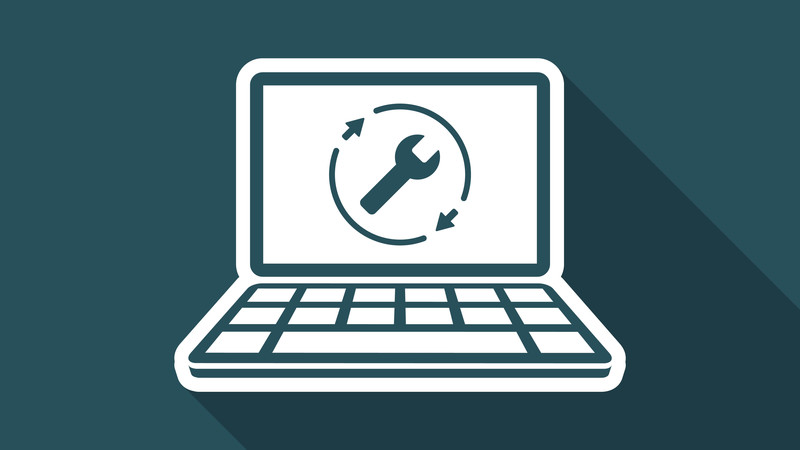There are numerous justifications for reinstalling your Windows operating system (OS); for example, your computer could have been infected by a virus, or could have become encumbered by files and software. Providing that there are no problems with your computer hardware, a fresh reinstallation of your Windows OS could result in a faster, less problematic machine.
Since Windows 10 is the newest OS available for Windows platform machines, we’ll focus on that OS specifically. The process is a little different for Windows 8 and Windows 7, but WiseGuys are on hand to assist with any questions around these different operating systems.
Before you start
Before you go ahead, you need to ensure that you've linked your Windows 10 product key to your Microsoft account. If you haven't done so, then you may not be able to activate your Windows operating system again once you've reinstalled it.
Link your Microsoft account and product key
Go into ‘Settings’, then ‘Update & Security’ and click on ‘Activation’. If you see the words, 'Windows is activated with a digital licence', then this means that your product key has not been linked to your account. To resolve the issue, go to Settings, then Accounts, ‘Your info.’, and click on the option to 'Sign in with a Microsoft account'. Now you’re all set.
Type of upgrade
There are two options for reinstalling your Windows 10 OS: a clean install, and an upgrade. A clean install involves completely clearing out your hard drive – that's your computer's internal storage – and starting over from the beginning. An upgrade involves reinstallation of the OS over the existing version.
Both will work, but a fresh install will also completely wipe all your documents, photographs and other files. As a result, if this is the approach you take, you will first want to back up all your important files onto a separate storage device. The flip side is that a simple upgrade can risk leaving behind some of the files and applications that are slowing down your machine.
Reinstalling Windows 10
Reinstalling Windows 10 used to be a longwinded process, back in the days where computers normally shipped with Windows CDs. Now, you’re less likely to be in this position, provided that you have not upgraded your Windows operating system since buying the computer.
This process is relatively straightforward. On Windows 10, just go into the ‘Settings’ application, represented by a cog icon in the Start menu, and then go into ‘Update & Security’. Next, click on the 'Recovery' option. You should see an option to 'Reset this PC', which will do most of the legwork for you. This is the ‘upgrade’ option we mentioned above; for a full, clean installation of Windows, look for the link below ‘More recovery options’.
If your computer came with Windows 10, then you can follow this process. However, if your computer was originally on Windows 7 or 8 and you upgraded to 10 yourself, then you will need to insert your Windows CD prior to rebooting the computer. The machine should boot up from the CD, installing Windows 10. If this does not happen, then look out for the ‘BIOS’ menu that you can access by pressing the assigned ‘F’ key on the keyboard as the bootup menu appears. In here, you’ll want to change your computer to ‘boot from CD’ as opposed to hard drive.
For anything else
If you’re not completely confident with the above instructions, then don’t risk it; give WiseGuys a call instead. We can also help you with reinstallations of any other operating system, including Windows 8 or Windows 7.
Alternatively, if you’d just like us to handle all the legwork, then we would be happy to discuss our support options with you. We offer ongoing support for a range of devices. You can speak to WiseGuys over the phone on 0808 123 2820.



Recent Comments